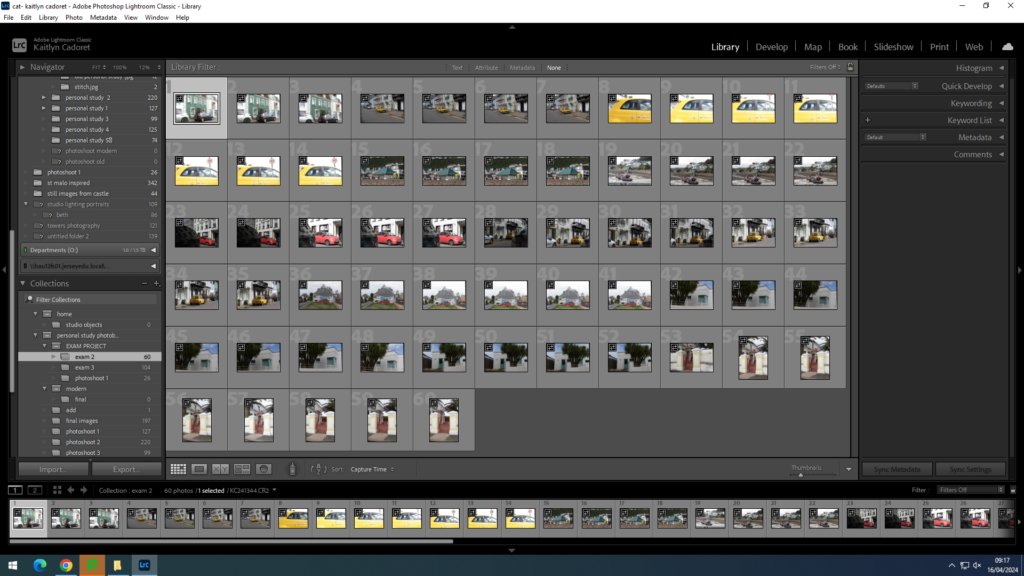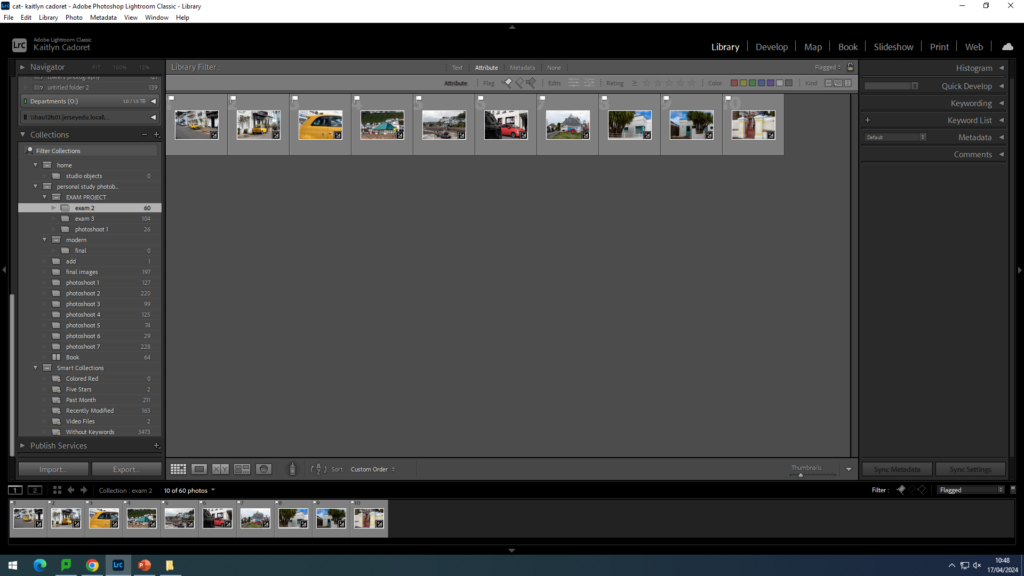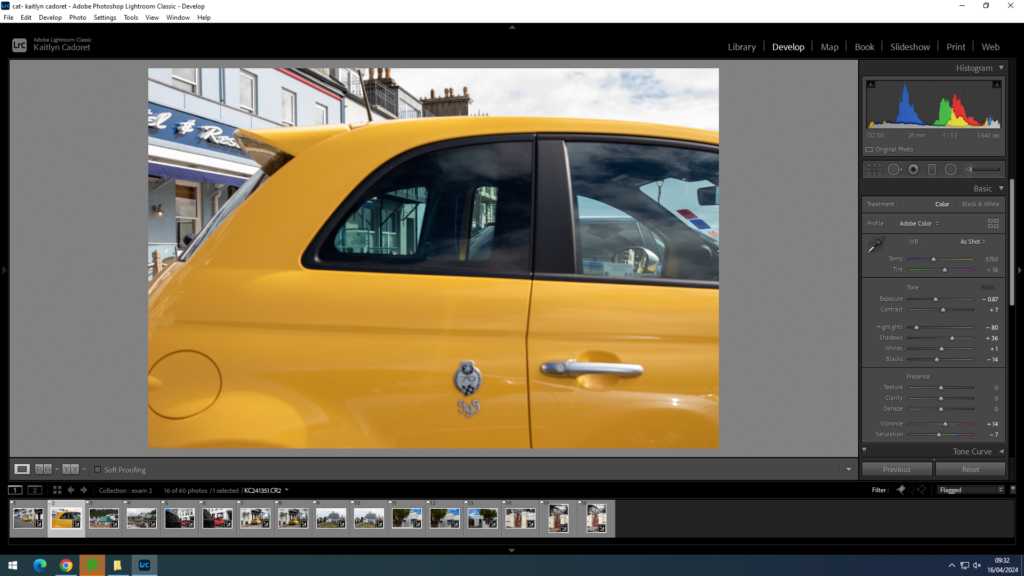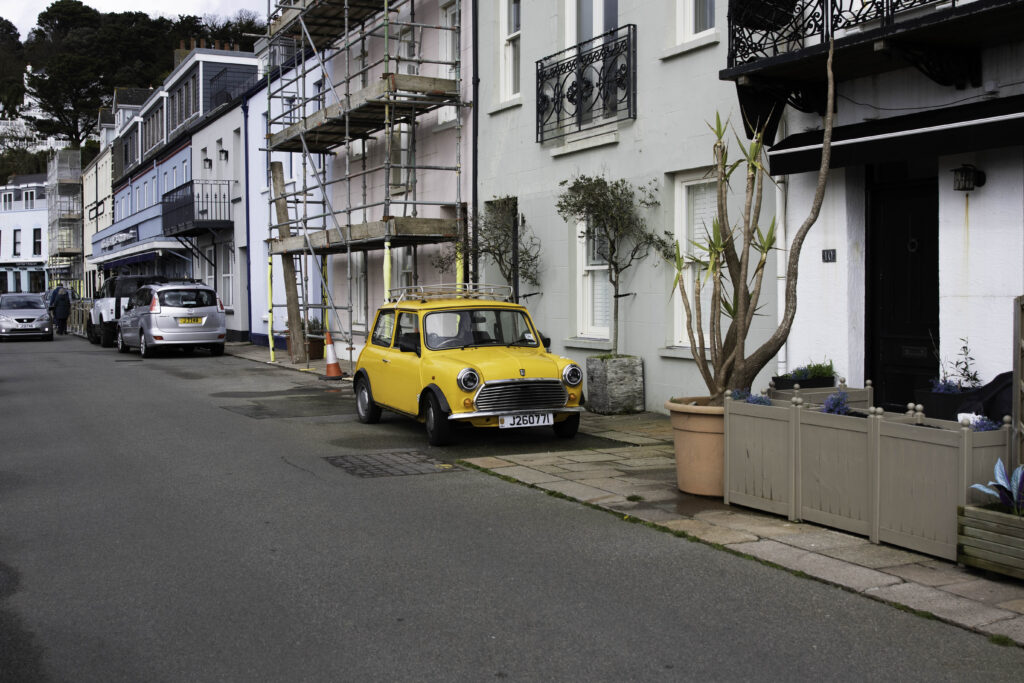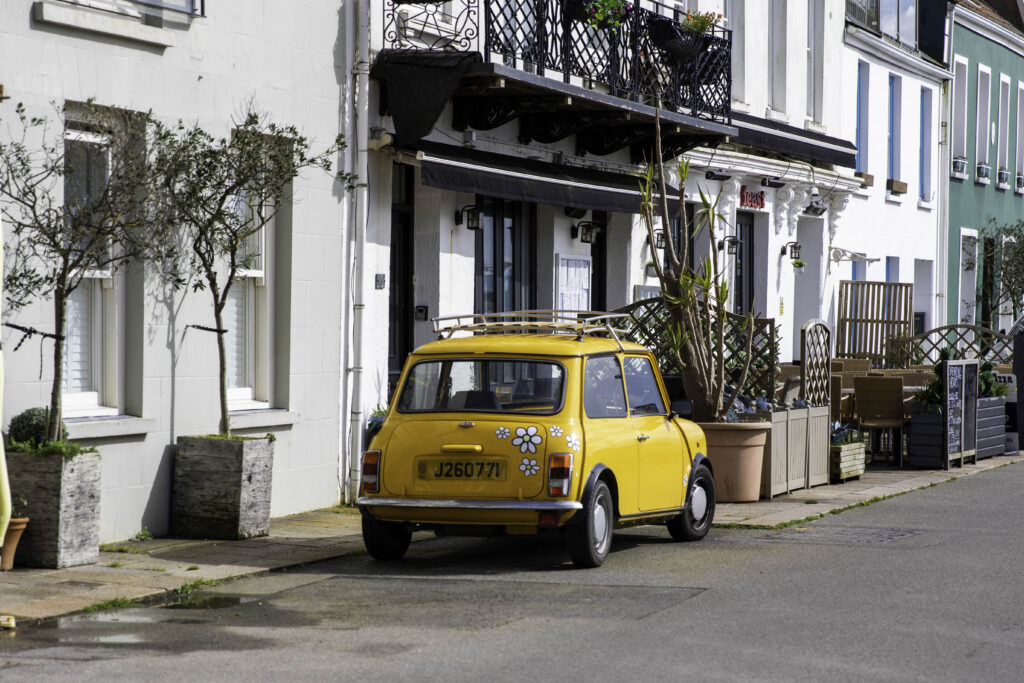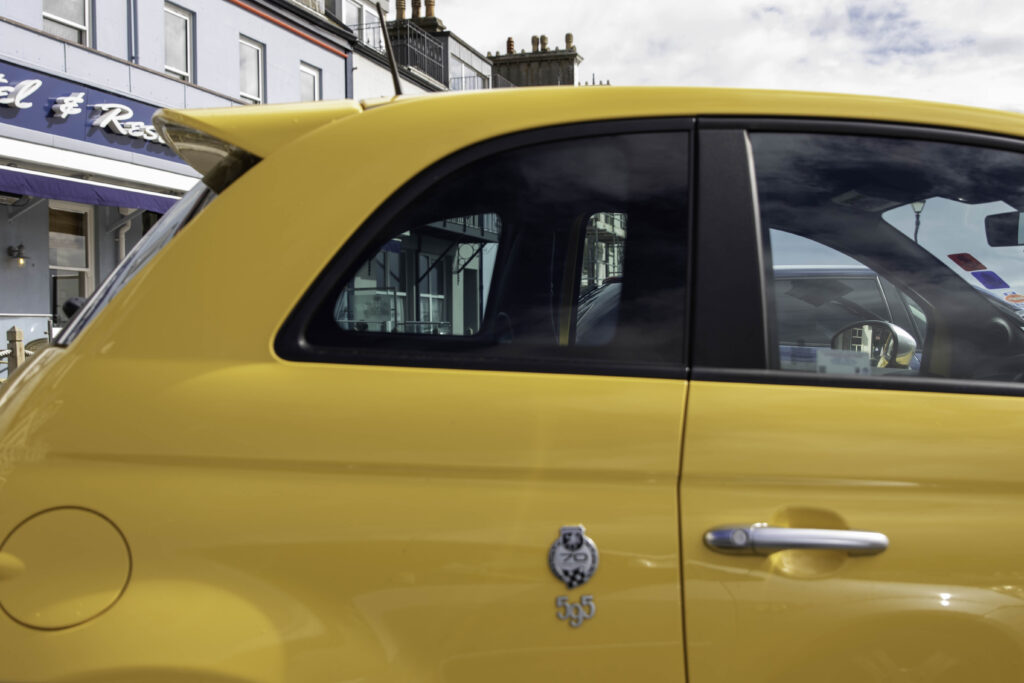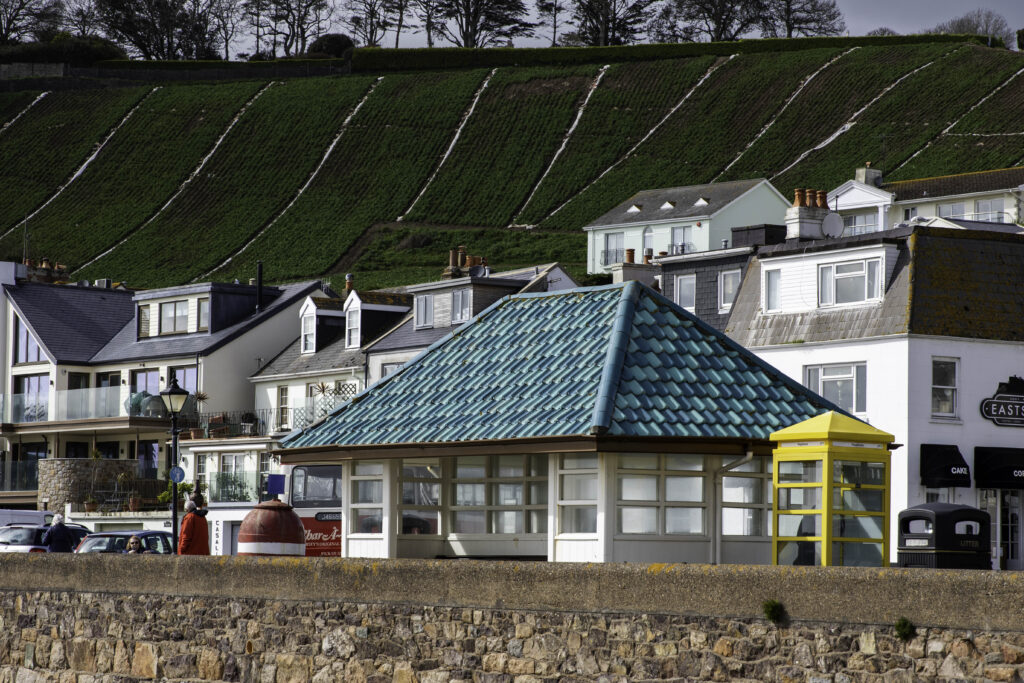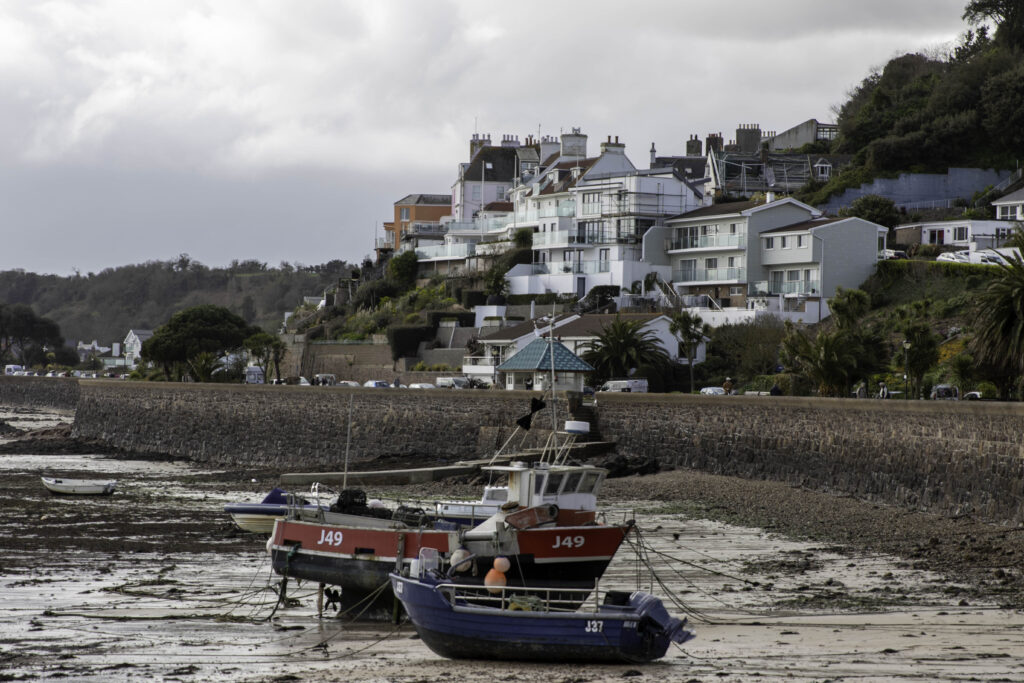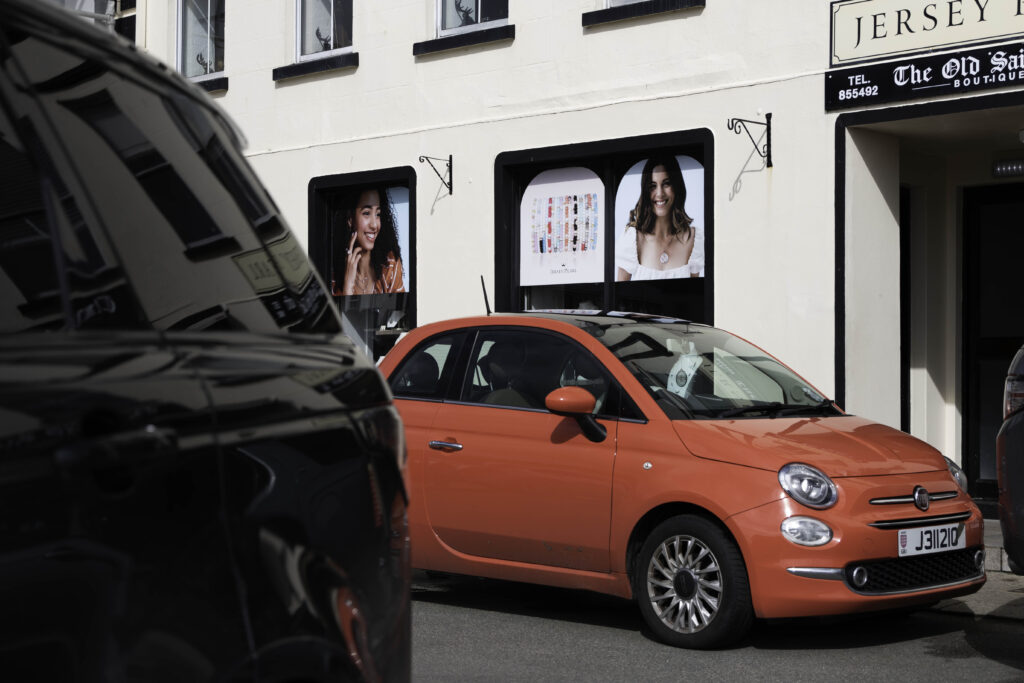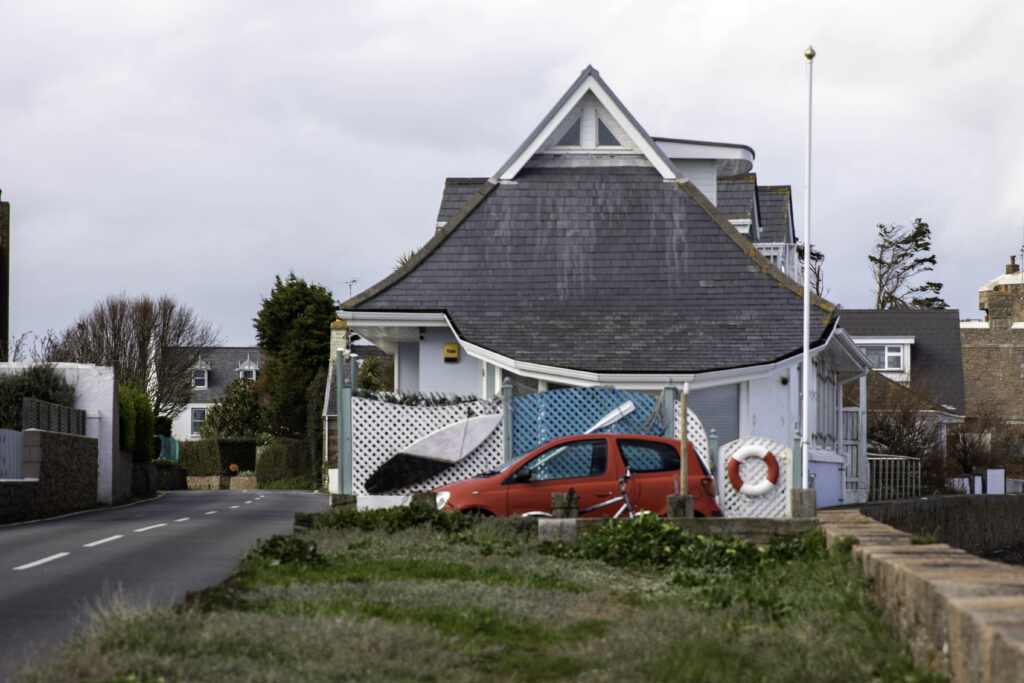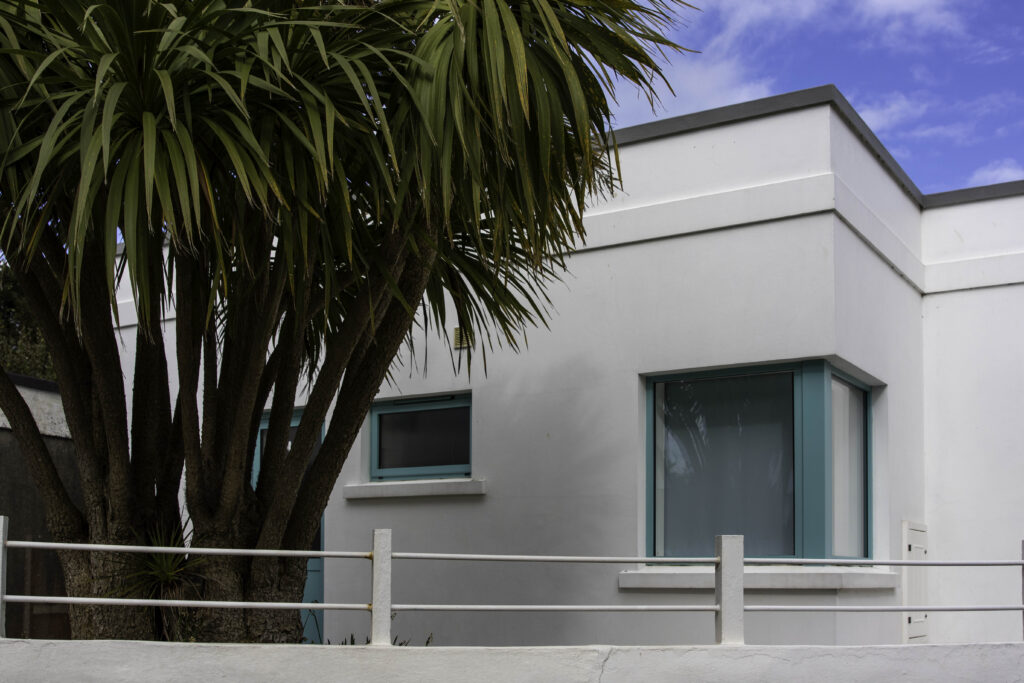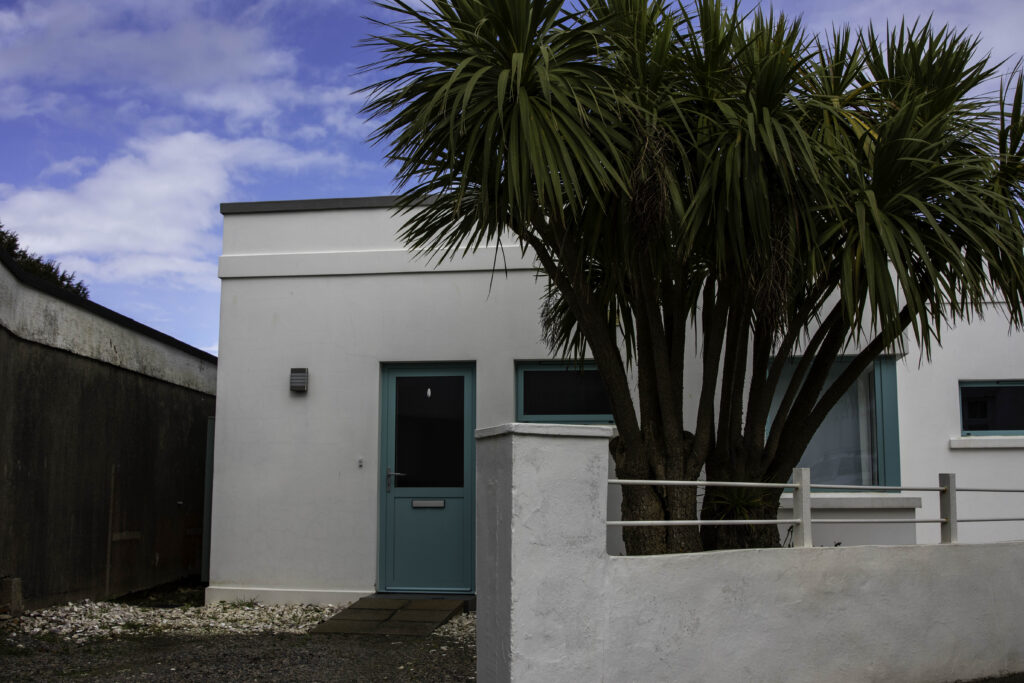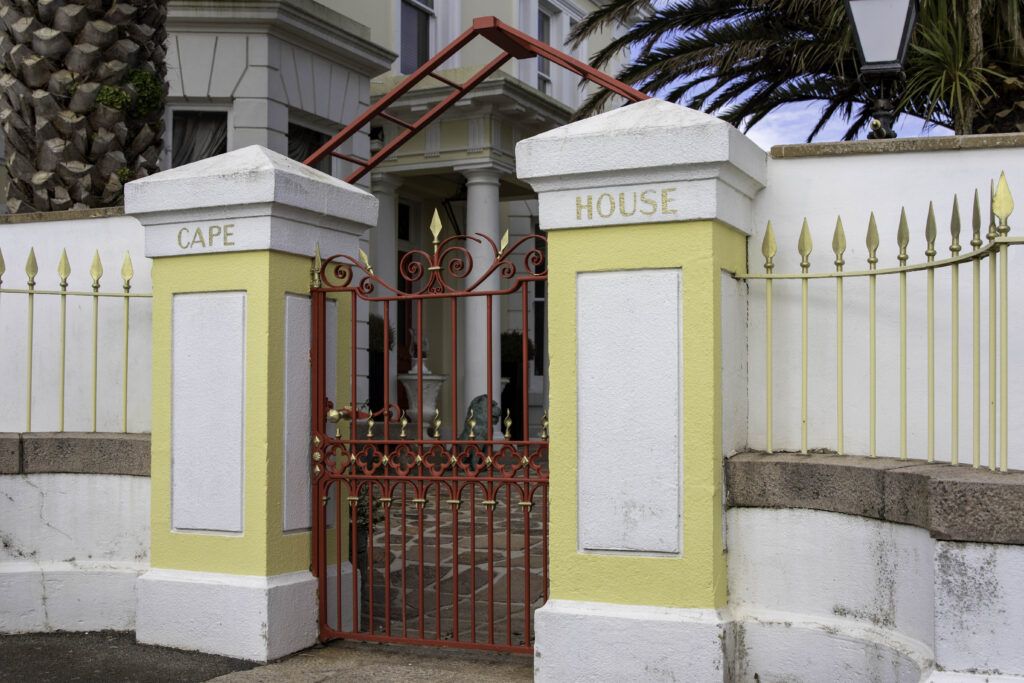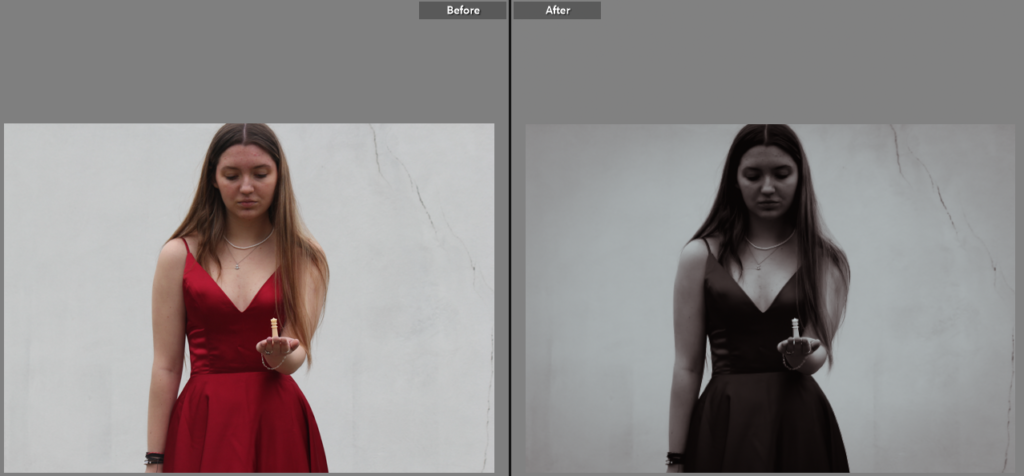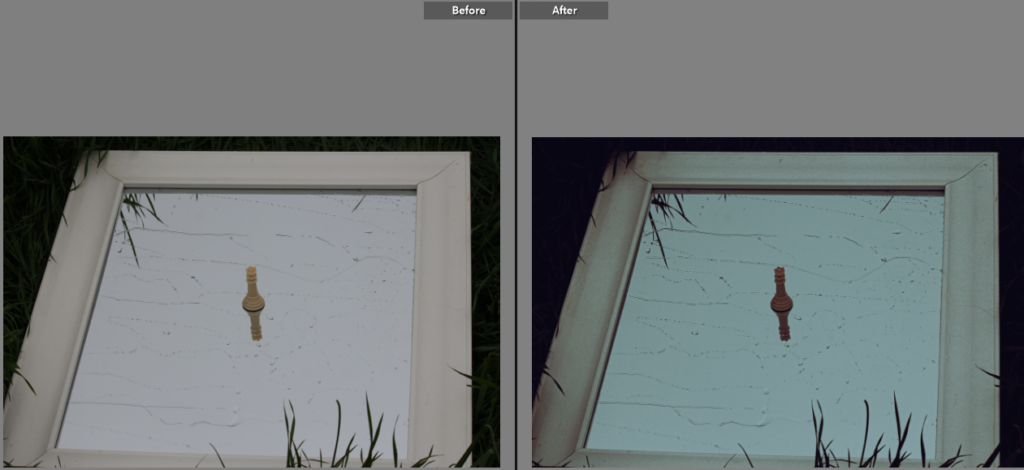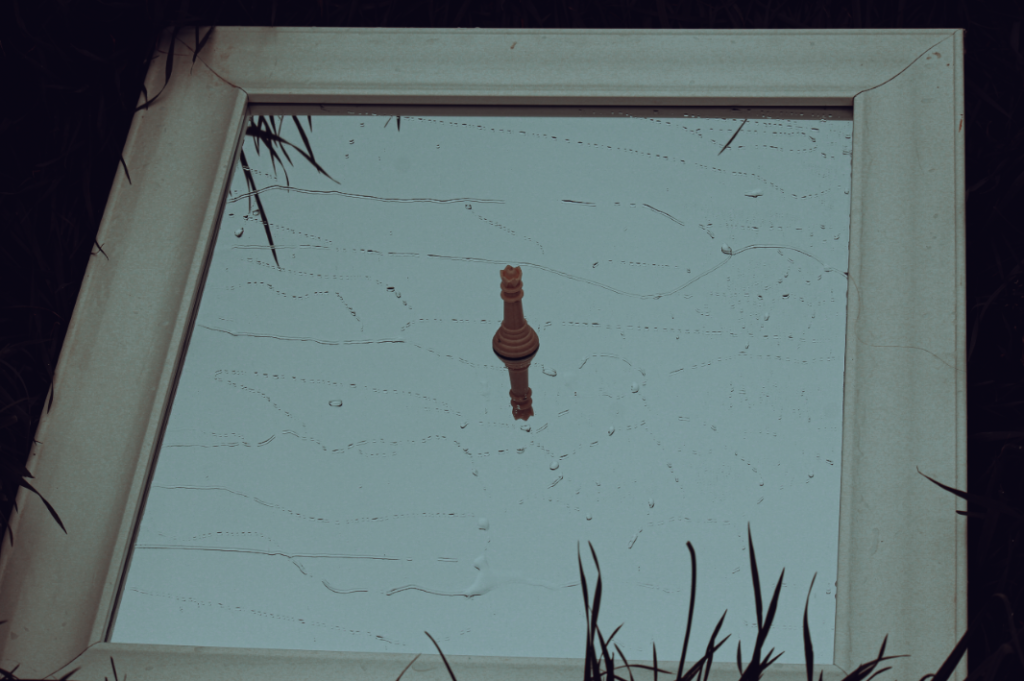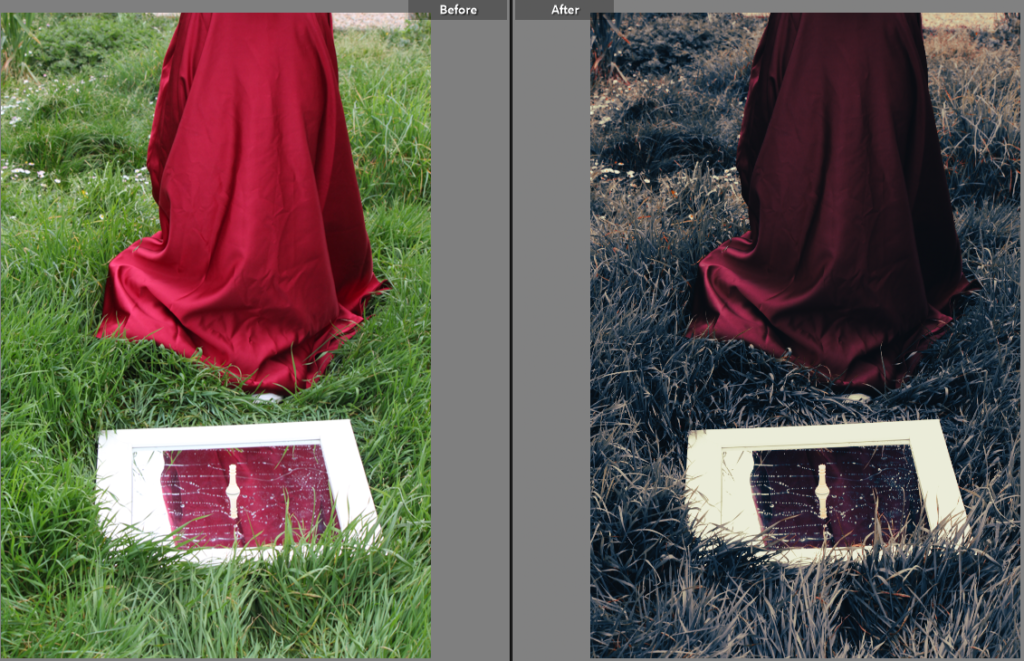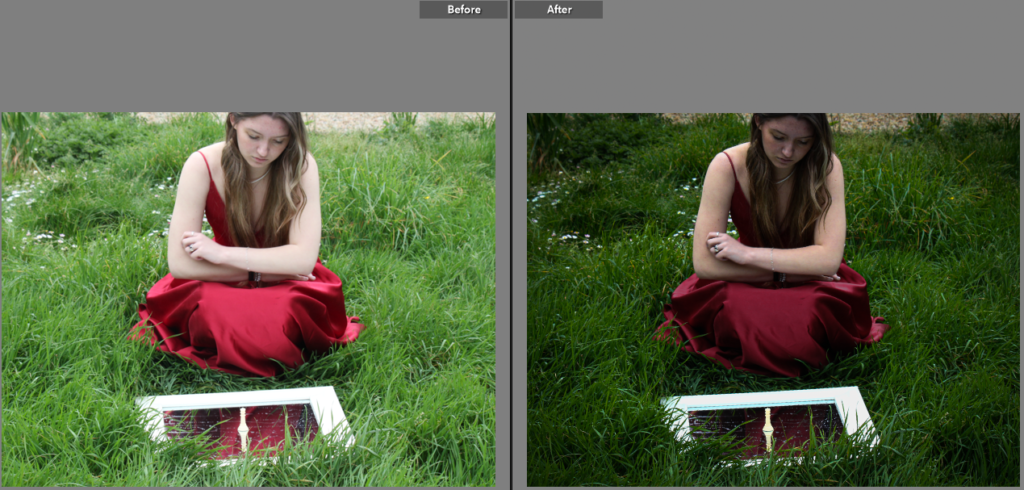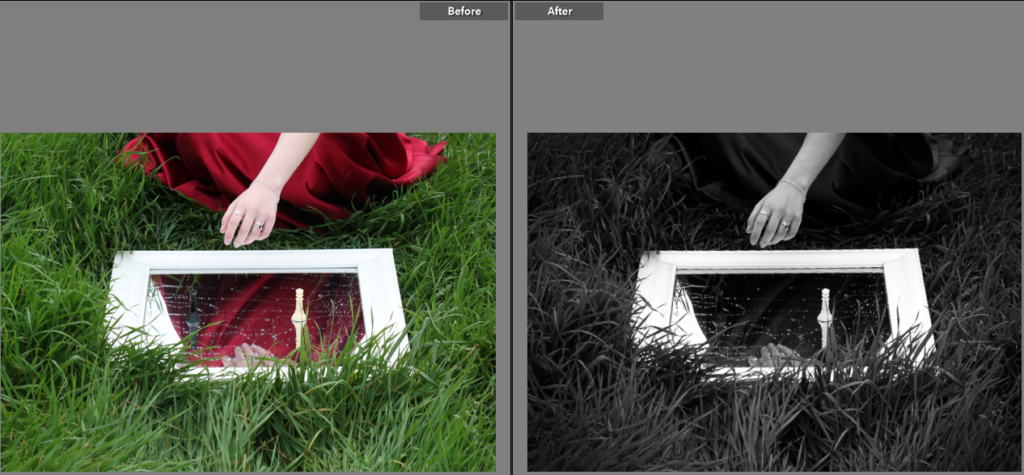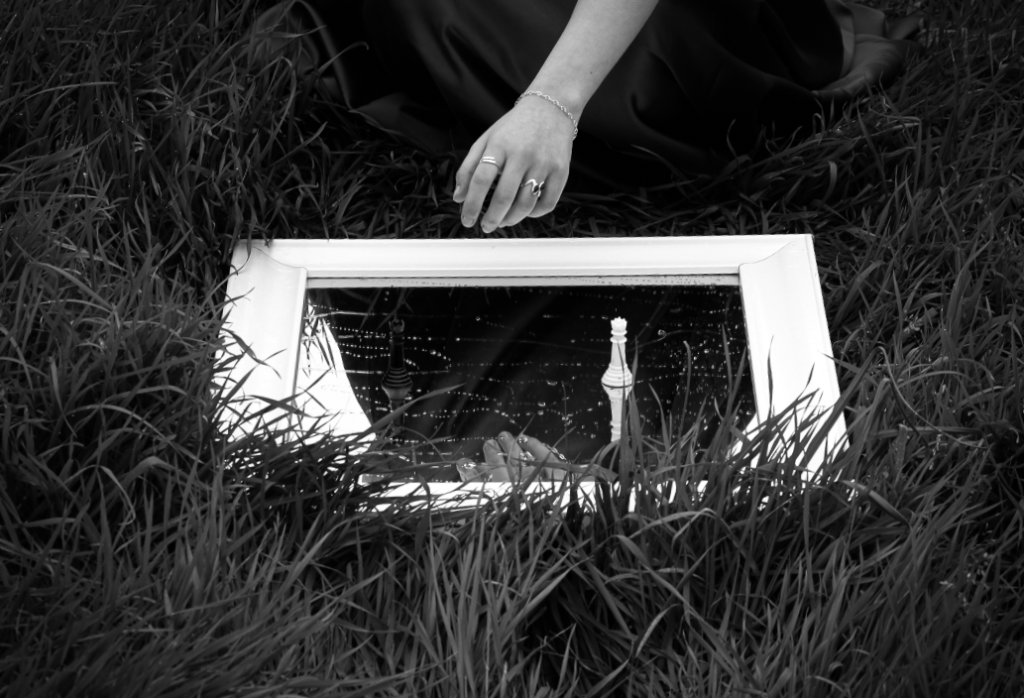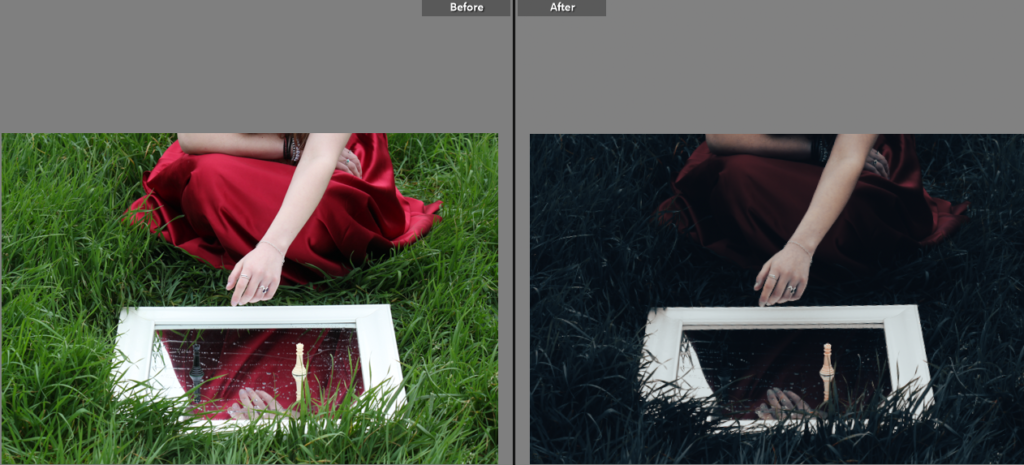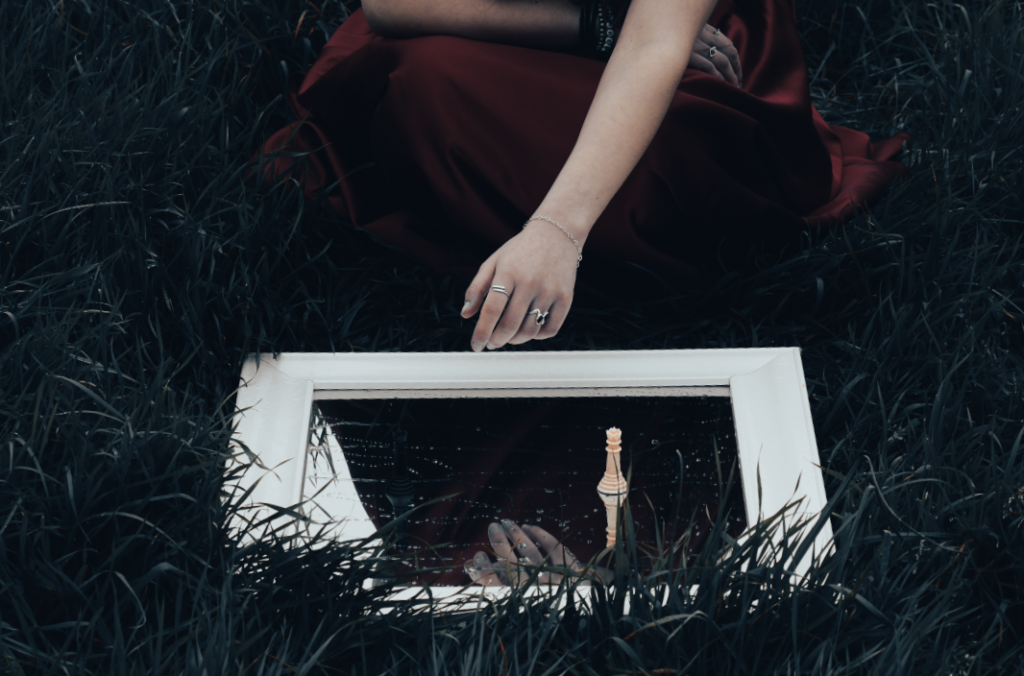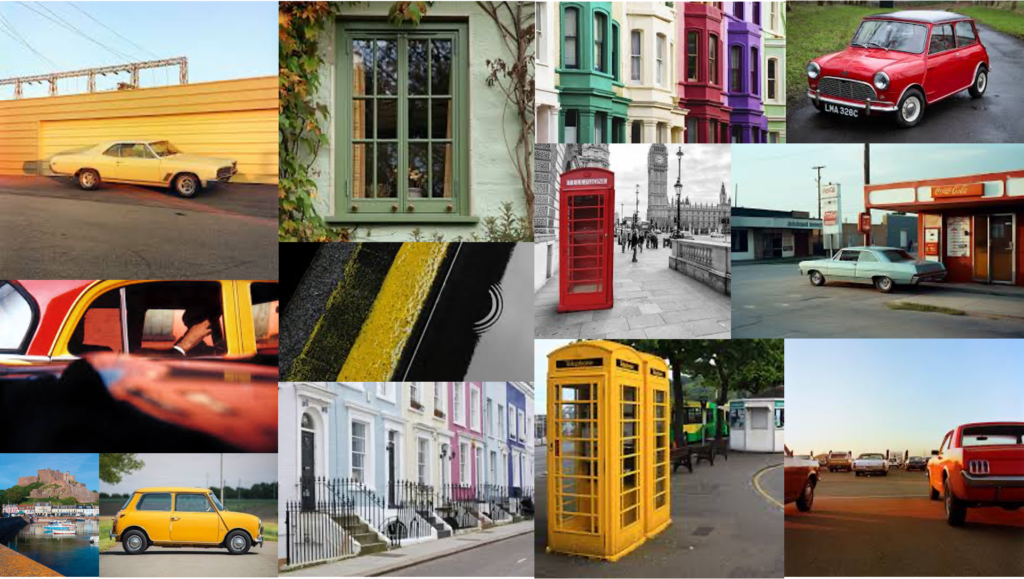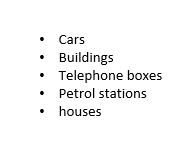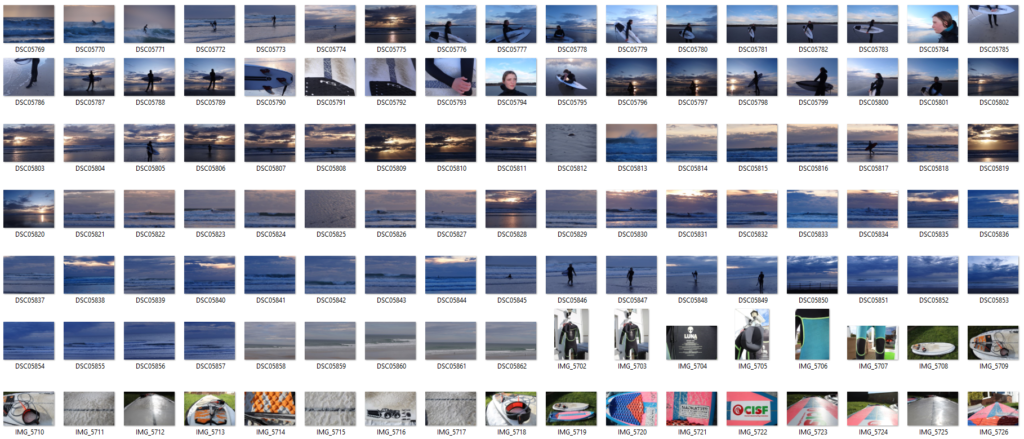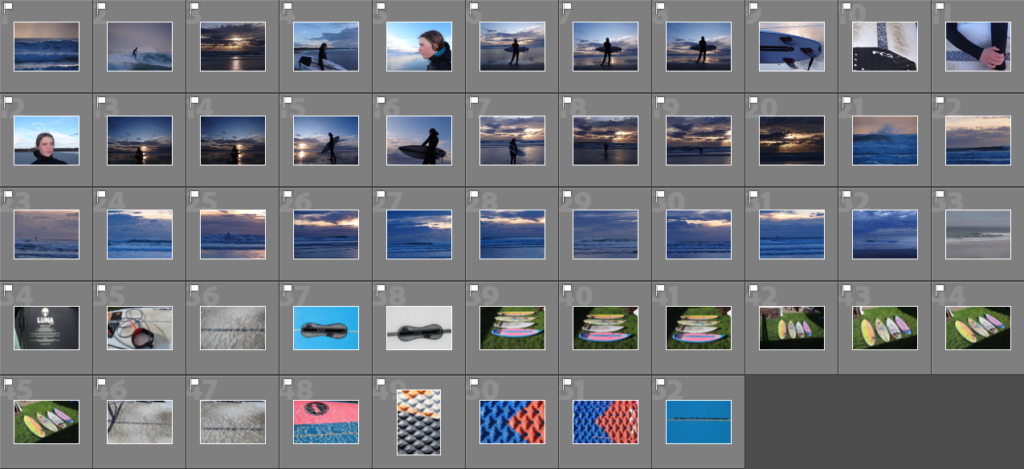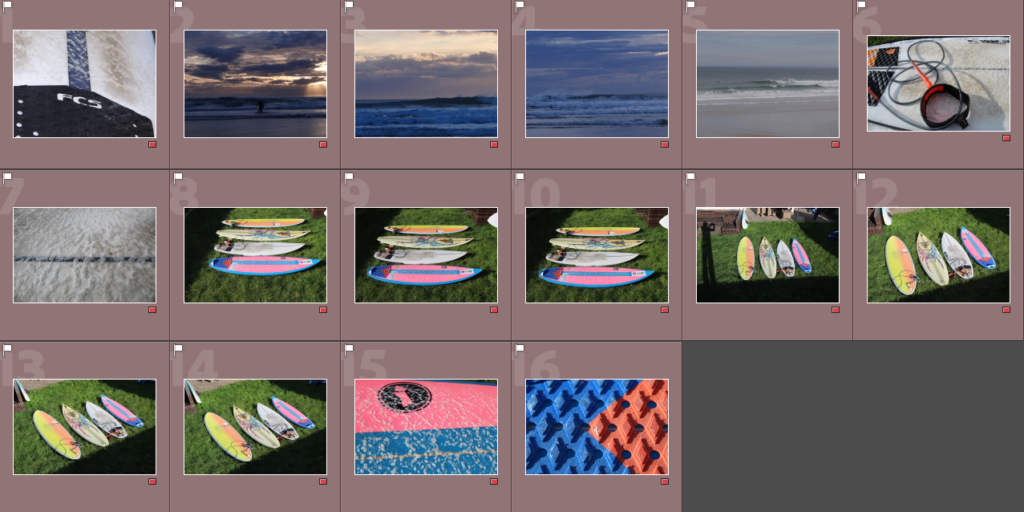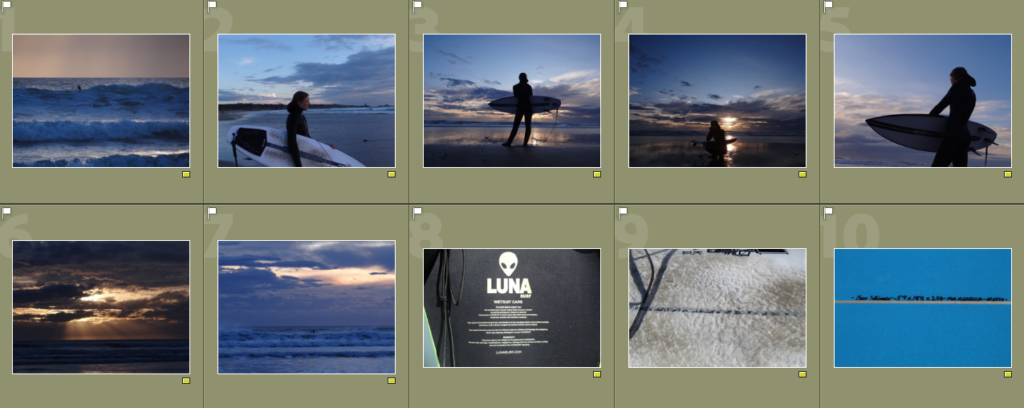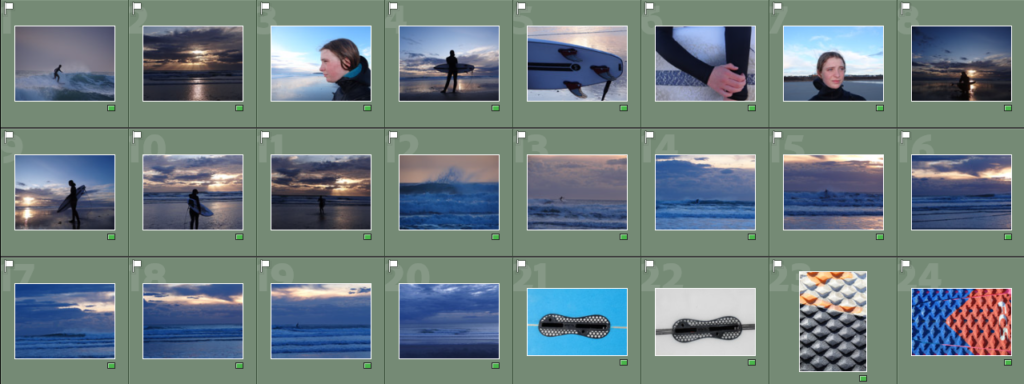For this photoshoot, I decided to take landscape photographs of the abandoned St. Saviour’s Hospital, formally named the Jersey Lunatic Asylum, to contrast with the self- portraits I have taken. I decided to do this to experiment with different photographic styles for this project, linking in a historical building with the topic of hysteria.
Research
The foundation stone for the asylum was laid on Saturday 29 July 1865 and opened in 1868. The institution was named the Jersey Lunatic Asylum, and was called this for nearly 100 years. However, in 1952, the name was changed to the Jersey Mental Hospital and then in 1963, when attitudes began to change towards mental health, the current name, St. Saviour’s Hospital, was adopted. The architect was Thomas Gallichan, who was responsible for the design of other States projects such as the Royal Court House and the General Hospital. Unfortunately, he drowned while bathing in 1866 and never saw the asylum completed.

The States Assembly were extremely reluctant to spend money on a purpose-built lunatic asylum, and Sir Robert Percy Douglas Lieutenant Governor of Jersey was forced to intervene since Whitehall complained about the lack of care of islanders with learning disabilities and mental health issues. The states were first criticised in 1847, yet still took nearly 20 years to act on Whitehall’s complaint. Having convinced the States to finally build the asylum, Douglas was also instrumental in selecting Queen’s Farm at St Saviour as the ideal site, negotiating the lease of the farm and land from the Crown for £84 per annum.


The asylum used to hold an annual picnic, during which it would take its ‘inmates’, as the press described them, on an excursion around the island. Each year, the papers reported the fine weather and good behaviour of the patients, but it sounded like a somewhat stiff and rather militaristic affair, with the patients called back to their vehicles with a bugle call, at the sound of which they would all fall in.
The main part of the hospital closed when a new facility opened in 2014 and it was left unused until the decision was made to sell the building and site. Unfortunately, this attracted the interest of vandals, who broke a window and started a fire inside the building in January 2017. There have been several proposals to sell the site, which is said to be worth as much as £15 million.
Contact Sheets




Sub- Selection

















